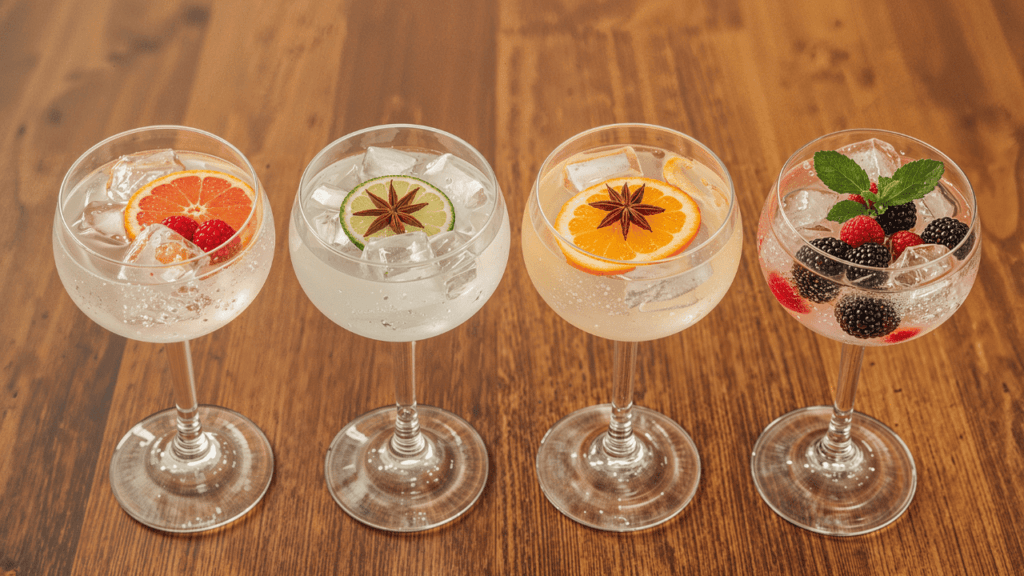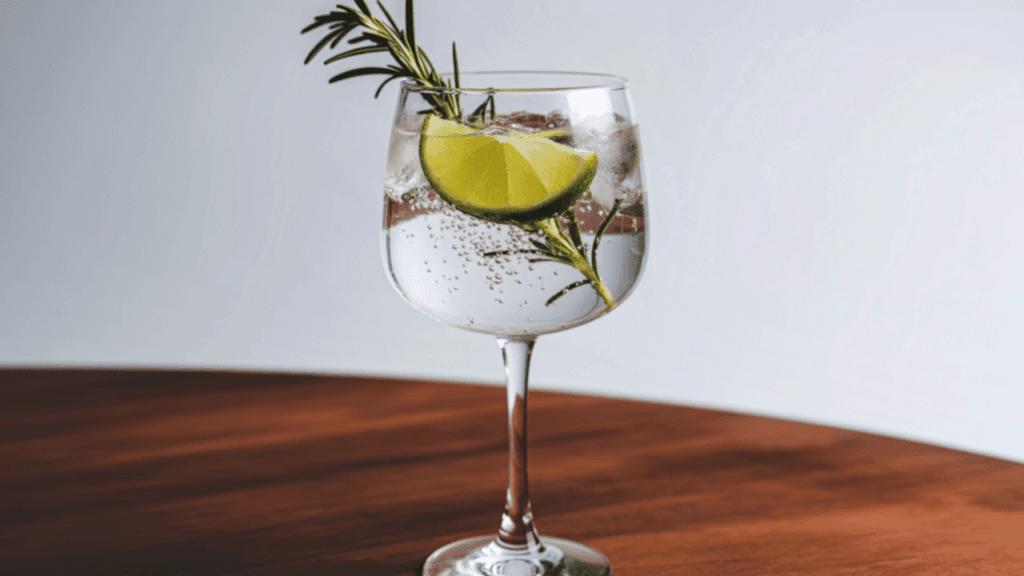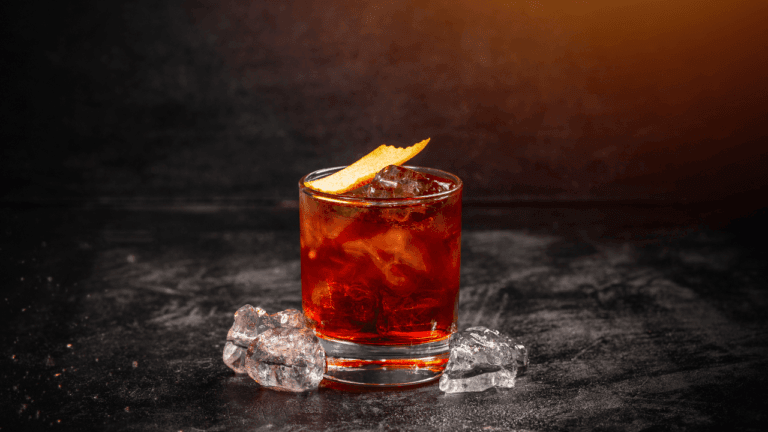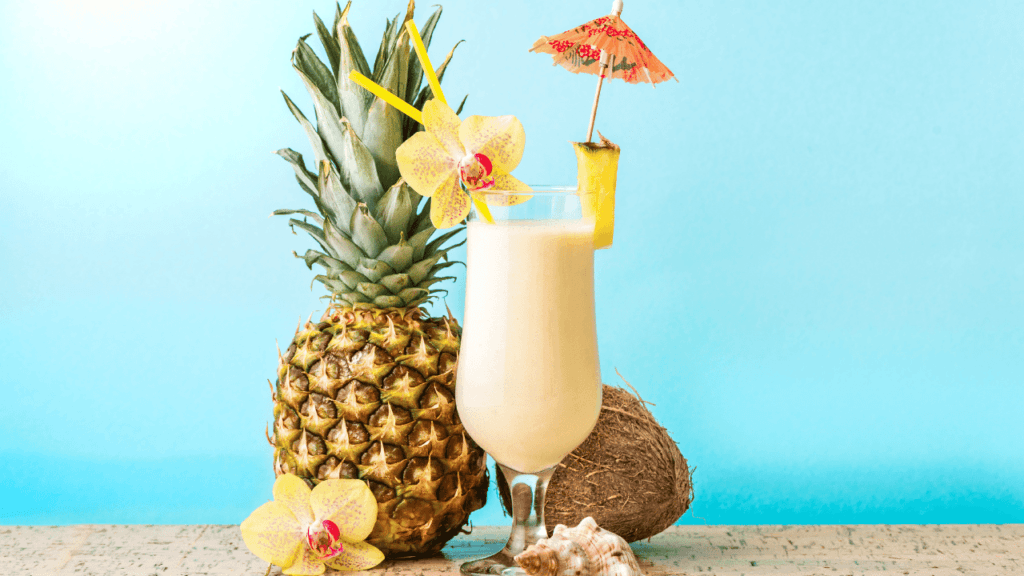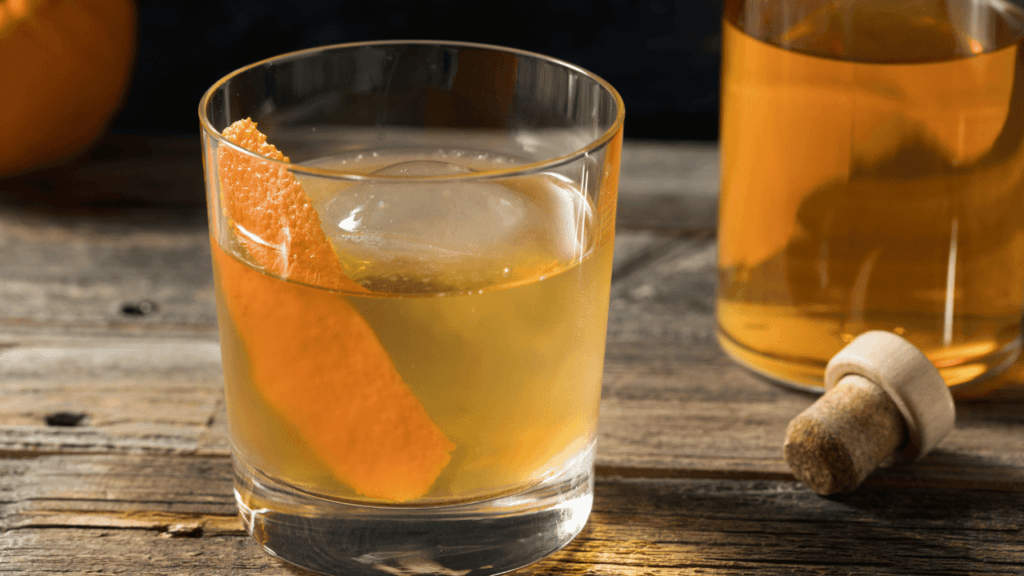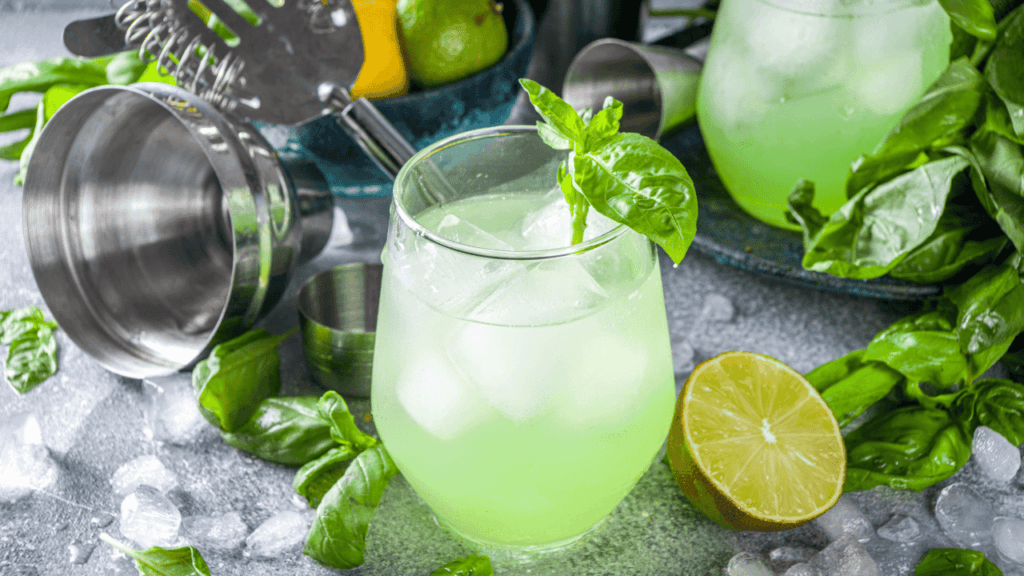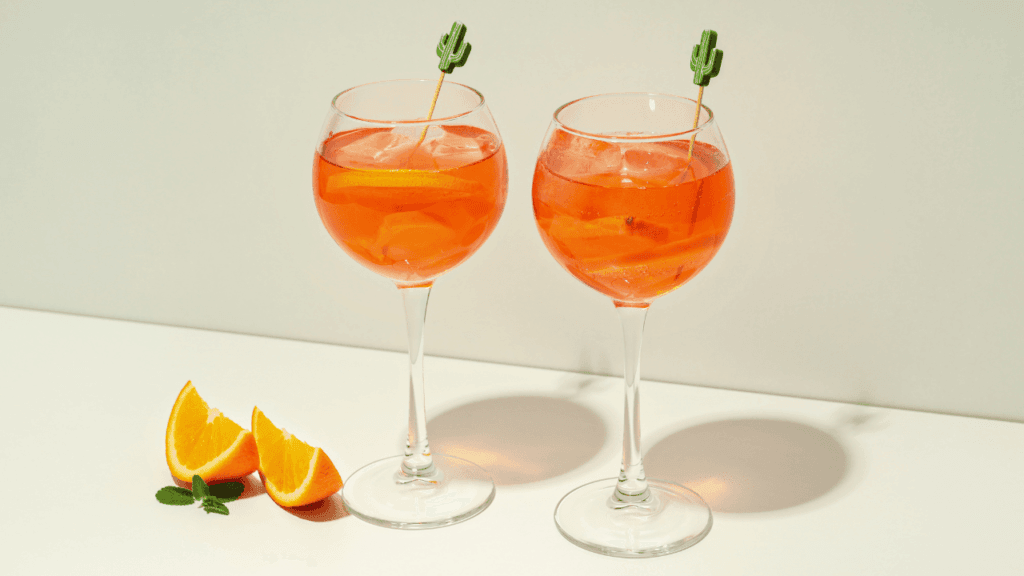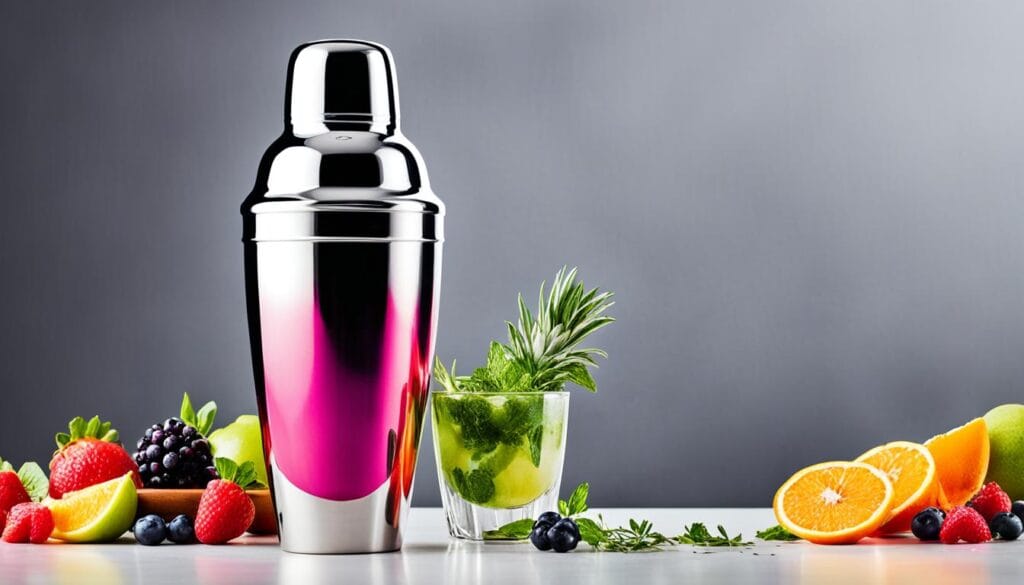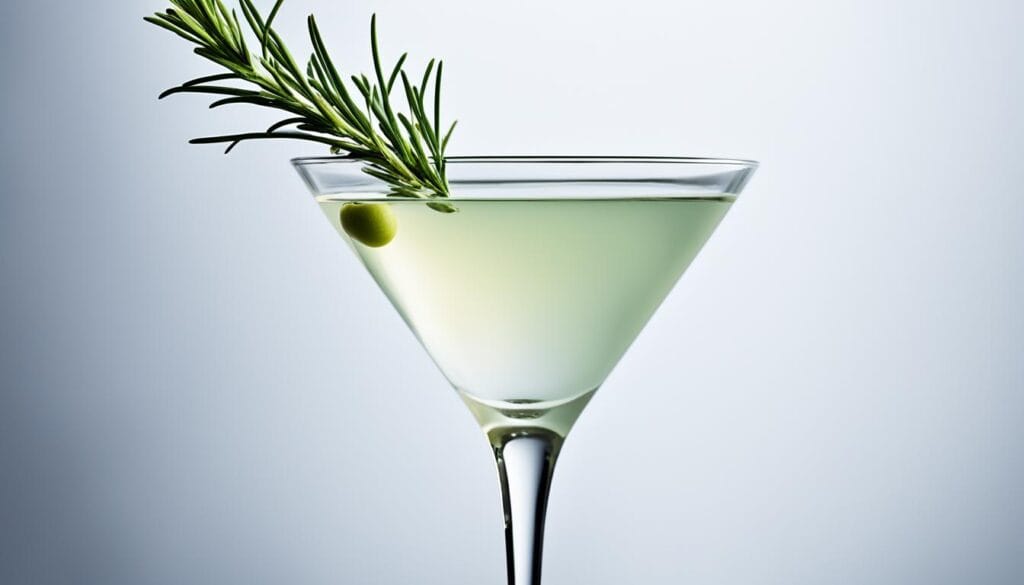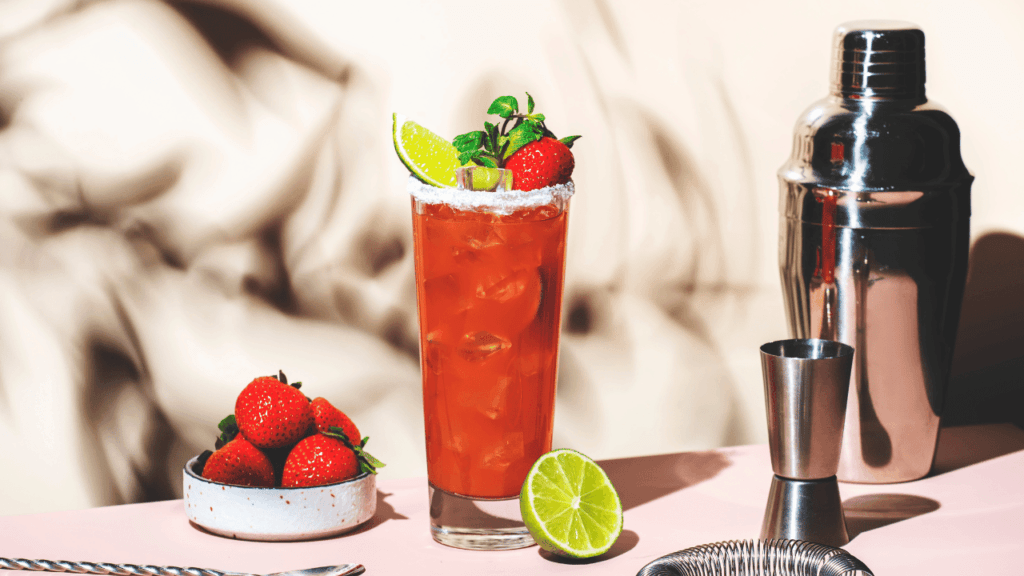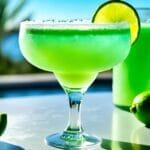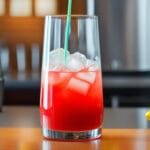Mixology Classic Cocktails culture is a living tradition that shows how our drinks evolved across eras and techniques.
It is not locked to a single date. Families like Sours, Collins, Manhattans, and Fizzes link recipes, structure, and practice over decades.
This article presents a curated list with history, clear structure, and hands-on technique so you can make reliable recipes at home.
Expect practical guidance on ratios, dilution, chilling, and citrus, plus tips on choosing the right glass and the proper amount of ice for consistent results.
Accuracy and fresh ingredients matter: measure carefully and use fresh-pressed juice to balance spirit, sweetness, and acidity.
The selections favor continuity and popularity from books and barroom practice, from simple builds like the Old-Fashioned to more complex drinks such as the Singapore Sling, with skills that grow over years.
Key Takeaways
- Classic drinks span eras and emphasize forms over dates.
- Focus on families—Sours, Collins, Manhattans, Fizzes—to learn patterns.
- Use proper ratios, dilution, and fresh-pressed juice for balance.
- Choose the right glass and the correct amount of ice for consistency.
- Start with simple builds and progress to complex recipes over years.
What Makes a Cocktail “Classic” in Mixology
A drink earns classic status when it shows steady use, clear technique, and a place in menus over many years.
Definition: A true cocktail is more than age. It has historical presence, wide adoption, and durable method. That makes it teachable and repeatable at home or in a bar.
Beyond Prohibition: A broader historic canon
Expanding the canon includes global contributions and recipes that persisted into modern service. Manuals, menus, and pop culture help a drink earn a name because they show adoption beyond a single venue.
Families and forms: Sours, Collins, Manhattans, and Fizzes
Learning families teaches transferable methods. Sours and Collins show spirit-plus-citrus techniques. Manhattans and Fizzes offer spirit‑forward structure and textural tricks.
- Durability: variants share core structure—spirit, sugar, bitters or spirit, citrus, sweetener.
- Practice: Bartenders preserve recipes across years while small changes like glass, dilution, or garnish evolve.
The goal of this list is practical: focus on drinks with strong lineage so you build reliable skills and predictable results.
Mixology Classic Cocktails: The Essential List
We assembled a focused list of enduring drinks that teach technique and reward practice. Each entry was chosen for documented history, steady popularity, and technical continuity that informs how you build related cocktail versions today.
How we chose the canon
Selection focused on learning value. We favored recipes that appear in books, menus, and steady bar service so they can teach families like sours, fizzes, and stirred spirit-forward drinks.
- Documented history: entries with clear origins and long use in print or service.
- Technical continuity: drinks that show a repeatable method—stirring, shaking, or lengthening.
- Practical progress: the list balances simple builds and more involved recipes to grow skills.
- Service notes: recommended garnish and glass options are given, with room for regional variation.
- Flexible specs: several entries include multiple plausible ratio ranges so you can adapt a version to taste.
Use this list as a foundation, not a final word. Revisit entries, test different ratio ranges, and you’ll gain reliable favorites and recipes you can order or make at home and in the bar.
Old Fashioned: The minimalist template of spirit, sugar, water, bitters
A clean Old Fashioned shows how restraint and quality spirit make a drink sing. This is a foundational build that keeps the spirit front and center. It pairs measured sweetness, aromatic bitters, and careful dilution in a rocks glass over a single cube of ice.
Rye or bourbon? Flavor clarity and bitters choice
Rye pushes spice and a drier finish. Bourbon adds roundness and caramel notes. Choose rye whiskey when you want a sharper profile. Pick bourbon for softer, sweeter tones.
Bitters shape aroma. Angostura is a reliable default. Orange bitters brighten the drink and lift citrus oils from the peel.
Simple syrup vs. sugar cube and dilution control
Syrup speeds service and blends immediately. A sugar cube lets you add water slowly during stirring and tasting.
- Start with 2 oz whiskey.
- Use 0.25–0.5 oz syrup or one sugar cube.
- Add 2–3 dashes of bitters.
Technique: stir time, peel expression, and ratios
Stir 20–25 seconds to chill and reach proper dilution. Less time leaves the drink warm; more thins its body. Express the citrus peel over the glass to release oils, then rub the rim and drop it in.
Tip: Adjust the 2 oz : 0.25–0.5 oz ratio to taste and preserve the whiskey’s character.
Manhattan: Whiskey, sweet vermouth, bitters—elegance in a glass
The Manhattan is a stirred, spirit-forward cocktail that pairs whiskey with sweet vermouth and bitters for a velvety mouthfeel and a lingering finish.
Velvety mouthfeel and ideal ratios
Start with a 2:1 ratio of whiskey to vermouth and add 2 dashes of bitters. For a drier profile, move toward 2.5:1. For a plusher drink, try 1.5:1.
Choose rye whiskey when you want spice and lift; pick bourbon for a rounder, sweeter frame.
Technique and service
Stir with plenty of fresh ice until the mix achieves a glossy texture and is well chilled. Fine strain into a chilled stemmed glass to preserve clarity and coolness.
Vermouth and garnish
Vermouth selection matters: keep sweet vermouth refrigerated and use it within weeks to retain botanical brightness.
- Garnish with a brandied cherry for a richer aroma.
- Use a lemon twist to lift citrus oils without altering balance.
Martini and Martinez: Cousins with character
A lean martini and the sweeter Martinez reveal how small changes steer flavor. One favors restraint; the other adds depth with a touch of sugar and aromatics.
Gin-to-vermouth ratios and garnishes
Martini ratios range from 2:1 up to 5:1 gin to vermouth. Move toward 2:1 for more herbal complexity. A drier 5:1 keeps the spirit austere.
- Olive = briny, savory lift.
- Lemon twist = bright citrus aroma.
- Always chill the glass for a crisp service.
Martinez specifics: sweet vermouth, maraschino liqueur, orange bitters
The Martinez pairs London Dry or Old Tom gin with sweet vermouth, a restrained barspoon of maraschino liqueur (Luxardo preferred), and a dash of orange bitters.
Use fresh, refrigerated vermouth (Dolin Rouge or Cinzano) and stir gently over dense ice until silky. Strain into a stemmed glass and serve in the bar with minimal garnish.
Tip: small adjustments yield large changes—taste as you refine each cocktail.
Negroni and Boulevardier: Bitter-sweet aperitivi
Few aperitifs show balance like the Negroni and its whiskey‑led cousin, where bitterness meets body. Both teach how a bitter liqueur, fortified wine, and a base spirit interact to form a compact, aperitivo‑friendly drink.
Equal parts structure and balance
Negroni: stir equal parts gin, Campari, and sweet vermouth over plenty of ice for a clean, bitter profile prized at the bar. Serve over a large cube in a rocks glass or up for a crisper presentation. Express a bright orange peel to lift the aroma.
Warmer profile and ratio tweaks
Boulevardier: shift to a 2:1:1 ratio—two parts bourbon, one part Campari, one part vermouth—to let whiskey warmth tame Campari’s bite. Use a substantial vermouth like Carpano Antica to anchor the herbal core.
- A barspoon of water in the mixing glass fine‑tunes dilution.
- Longer stirring softens edges and rounds the flavor.
- Both drinks are benchmarks for learning bitter, fortified wine, and spirit interplay.
For recipes and further technique, see recipe guidance.
The Sour Family: Whiskey Sour, Daiquiri, and Gimlet
At their best, sours show how three simple elements combine for lively balance. The true sour is a study in simplicity—spirit, citrus, and sugar—made vibrant by technique and fresh ingredients.
Core structure and starting ratios
Template: spirit + lemon or lime juice + simple syrup. A clean starting ratio is 2:0.75:0.75 (spirit : juice : simple syrup).
- Shake hard, then strain over fresh ice or serve up for clarity.
- Adjust syrup to taste; spirits like whiskey or rum need different balances.
Egg white technique for foam
Traditional sours often include an egg white for silky texture. Use a dry-shake first, then add ice and wet-shake to build a stable foam without excess dilution.
Fresh citrus vs. bottled
Fresh lemon juice and lime juice give bright, clean acid. Bottled juice tends to taste flat and can unbalance the drink.
Note how variants differ: the Whiskey Sour recipe leans grainy and spicy, the daiquiri showcases rum’s cane notes, and the gimlet highlights gin’s botanicals. Finish with a gentle strain and, if desired, a few drops of aromatic bitters on the foam.
Whiskey Sour: A study in simplicity and texture
A well-made Whiskey Sour balances bright lemon with measured sweetness and soft foam. It shows how a few ingredients deliver contrast and mouthfeel in a single, elegant drink.
Core build: 2 oz whiskey, 0.75 oz fresh lemon juice, 0.75 oz simple syrup. Add an optional 0.5 oz egg white for a silky head and gentle texture.
Technique matters. Dry-shake first to aerate the egg white, then add ice and shake again to chill and dilute. Fine-strain into a chilled coupe or over fresh ice in a rocks glass for a clean presentation.
Finish with a couple dashes of aromatic bitters on the foam for aroma and a subtle visual flourish. Garnish with an expressed lemon peel or a single brandied cherry to lift the nose without changing balance.
Choose rye to sharpen and dry the finish, or bourbon to round and sweeten the profile. Use fresh citrus, measured syrup, and precise pours to keep this cocktail consistent every time.
Mixology Classic Cocktails Margarita: Tequila, lime, and orange liqueur done right
A Margarita brings together three focused elements to create a lively, balanced sip. It likely began in Mexico and now stands as a go‑to for bright, citrus-forward drinks.
Classic specs and salt rim strategy
Start: 2 oz tequila, 1 oz fresh lime juice, 0.75 oz orange liqueur. Shake hard with dense ice and fine-strain into a chilled glass, served up or over a single large cube of ice.
Salt rim tip: Moisten only the outside of the rim and apply a partial rim. A partial rim controls salinity so each sip stays bright without overwhelming the mix.
Variations, balance, and Hemingway-style tweaks
- Choose 100% agave tequila: blanco for a crisp agave snap, reposado for a rounder, oak-tinged frame.
- For softer edges, add a small splash of agave syrup when your orange liqueur runs dry.
- Want nuance? Add a barspoon of maraschino and a touch of grapefruit for a Hemingway-style twist that adds bitter-citrus depth without cloying sweetness.
Pro tip: Always use fresh lime and a very cold shake to sharpen aromatics and tighten texture. For more foundational recipes and technique, see essential recipes.
Daiquiri: Rum, lime, sugar—clarity over sweetness
A true Daiquiri celebrates clarity—clean rum, fresh lime, and balanced syrup. It began with Cuban sailors and rose to fame because it shows spirit character without excess sugar.
Definition: the Daiquiri is a tightly balanced sour that showcases the base spirit rather than sugary weight.
Start with a reliable spec: 2 oz light or lightly aged rum, 1 oz fresh lime juice, and 0.75 oz simple syrup. Shake hard with plenty of ice to chill quickly and build a fine texture.
“Keep the sweet low so the rum and lime stay bright.”
- Rum choice: Spanish-style light rum gives crispness; lightly aged rum adds vanilla and oak notes.
- Technique: hard shake, then double-strain into a chilled stemmed glass for a pristine presentation and bright aroma.
- Warning: avoid blended, overly sweet versions that mask spirit and mute lime juice.
Enjoy this cocktail when you want a small, precise drink that puts flavor over fuss.
Gimlet and Southside: Gin-forward refreshers
A pared-down recipe and a minty riff form a compact lesson in balance and aroma. Both drinks show how a few ingredients—or a single herb—change a sip completely.
Gimlet’s pared-down profile
Gimlet: a minimalist, citrus-driven cocktail that spotlights botanicals. Use 2 oz gin, 0.75 oz lime juice, and 0.75 oz simple syrup. Shake with cold tins and fine-strain into a chilled coupe or glass.
Southside’s mint and summer appeal
The Southside is essentially a gimlet with fresh mint and a noted link to the Southside Sportsman’s Club. Add gently bruised mint to the shaker to perfume the drink without bitterness.
- Mint handling: slap leaves or lightly muddle to release aroma. Avoid aggressive muddling that pulls tannins.
- Strain: fine-strain to keep the texture sleek and minimize mint flecks.
- Service: use dense ice in the shaker and very cold tins for a bright, refreshing result ideal for summer.
“Small adjustments—mint, strain, chill—turn a simple recipe into a standout sip.”
Mixology Classic Cocktails Tom Collins and the Collins family: Bubbly, bright, and customizable
Simple components—citrus, sugar, and sparkling water—make the Collins an easy, reliable recipe to master.
Definition: The Tom Collins is a tall, sparkling drink built on gin, fresh lemon juice, simple syrup, and soda over ice.
Lemon, sugar, soda water: the easily attainable trio
Working spec: 2 oz gin, 1 oz lemon juice, 0.75 oz simple syrup, topped with chilled soda and gently stirred in a Collins glass.
Carbonation technique: add cold soda last to preserve bubbles. Use a few large pieces of ice to slow dilution and keep the drink lively.
Spirit swaps and seasonality
Swap the gin for whiskey, rum, or tequila to create seasonal riffs while keeping the lemon-sugar-soda framework intact.
- Garnish: a lemon wheel and a cherry lift aroma as oils are expressed with each sip.
- Hospitality tip: batch the spirit, lemon, and syrup, then top with soda per serve for consistent, bright refreshers.
Last Word and Singapore Sling: Complex classics with herbal depth
When herbal intensity meets citrus clarity, you get a pair of drinks that reward exact technique. Both demand careful measuring and a respect for strong liqueur flavors so nothing overpowers the base spirit.
Equal parts precision
The Last Word is an equal‑parts recipe: gin, maraschino liqueur, green Chartreuse, and lime juice. Precise measurement matters because each element is potent and works only when balanced.
Technique: shake very cold with plenty of ice and fine‑strain into a chilled stemmed glass for a seamless, zesty texture and lifted aromatics.
Lengthy builds for summer service
The Singapore Sling layers several liqueurs, gin, citrus, and soda for a sweet‑tart, herbal cooler. Measure each ingredient carefully so the result stays harmonious rather than cloying.
Batch the spirit and liqueur components ahead, then add fresh lemon or grapefruit and soda per serve. These recipes shine in summer, when bright acidity and cooling herb notes feel most refreshing.
Adjacent herbal palettes
Try a related gin build with an absinthe rinse, London Dry gin, Lillet Blanc, orange liqueur, and lemon juice to explore similar vegetal depth while keeping a distinct profile.
“Measure precisely, shake cold, and serve chilled for the cleanest expression of herbal balance.”
- Focus on measured pours.
- Fine‑strain for clarity.
- Batch parts of the Sling for consistent service.
Bloody Mary and Brunch Icons: Savory stalwarts
Brunch menus rely on a handful of savory and sparkling drinks that balance acid, texture, and refreshment.
Vodka, tomato, citrus, horseradish, Worcestershire, and dill pickle juice
Bloody Mary is built to be layered. Start with good vodka and fresh tomato base, then add fresh lemon, prepared horseradish, Worcestershire, and a little dill pickle juice for zip.
Season in stages: add salt, cracked pepper, Worcestershire, and hot sauce a bit at a time, tasting as you go to dial heat and salinity.
Chill all components and serve over ice in a tall glass. That keeps the drink brisk while limiting excess dilution.
Mimosa and Bellini: Fresh juice and sparkling wine
For a Mimosa, squeeze orange juice to order and pour sparkling wine gently to keep bubbles. Add a small splash of triple‑sec style sweetness only if needed.
A Bellini works best with quality peach juice or purée and very cold sparkling wine. For variation, try a touch of raspberry syrup or a scoop of peach sorbet for a frothy finish.
- Service tip: keep juices and wine chilled and assemble to order.
- Pairing: these brunch-friendly recipes balance acidity, texture, and effervescence to complement food.
- Make-ahead: batch the non-carbonated parts, then top each serve with sparkling wine for best bubbles.
“Balance of acidity, texture, and effervescence makes these drinks ideal for daytime dining.”
Mixology Classic Cocktails Mojito, Moscow Mule, and Dark & Stormy: Highballs with zest
Two or three clean elements, lots of ice, and a cold mixer make these drinks sing. These highballs are simple to build and thrive on freshness, chill, and bright balance.
Mint, sugar, and soda technique
Mojito technique: lightly muddle fresh mint with sugar or simple syrup to release aroma without tearing leaves. Add 2 oz rum, a measured splash of lime juice, then pack the glass with ice and top with chilled soda.
Avoid over-muddling: stir gently once the soda is added so the mint keeps its brightness and the drink stays crisp.
Ginger beer selection and service
For a Moscow Mule, combine vodka, fresh lime, and quality ginger beer in a chilled highball or copper mug. Keep ample ice so the mix stays cold and lively; see a reliable Moscow Mule recipe.
For a Dark & Stormy, pair bold dark rum with assertive ginger beer, build over ice, and garnish with a lime wedge for contrast.
- Keep mixers very cold and add them last to preserve fizz.
- Measure citrus precisely for consistent balance.
- These highballs reward simplicity and strong carbonation for a refreshing drink.
Spritzes and Light Aperitifs: Aperol Spritz and beyond
For sunny gatherings, a spritz offers an instant, low-effort drink that still feels refined.
Large glass, lots of ice, sunny-day drinking
Build: pack a very large wine glass with lots of ice. Add a bitter aperitif, pour sparkling wine, and finish with a splash of soda for lift.
Temperature matters. Use very cold sparkling wine and chilled soda so the carbonation lasts through a long, warm sip.
- Gently stir once to combine and preserve bubbles.
- Garnish with a fresh orange wheel to lift aroma without adding sweetness.
- Try other light aperitifs in the same format and tweak ratios to keep the drink crisp.
Why it works: Spritzes are low-effort, high-reward. They scale easily for outdoor entertaining and are ideal for summer service when you want bright, refreshing drinks with minimal fuss.
“Serve cold, use plenty of ice, and keep stirring gentle so the bubbles stay lively.”
Conclusion
Learning families of drinks gives you a toolkit that turns new recipes into approachable mixes. Start with Sours, Collins, Manhattans, and Fizzes to build steady technique and confidence.
Use baseline recipes, then tweak citrus, sweetness, and dilution in small steps. Keep fresh juice, proper chilling, and the right glassware front of mind for consistent results.
Record your pours and garnishes so you can refine house favorites and repeat what works. Note the name you give each version and the ratio you prefer.
Practice these methods and you’ll find a single cocktail can teach many others. Keep testing, keep notes, and enjoy the process of learning and sharing great drinks.


